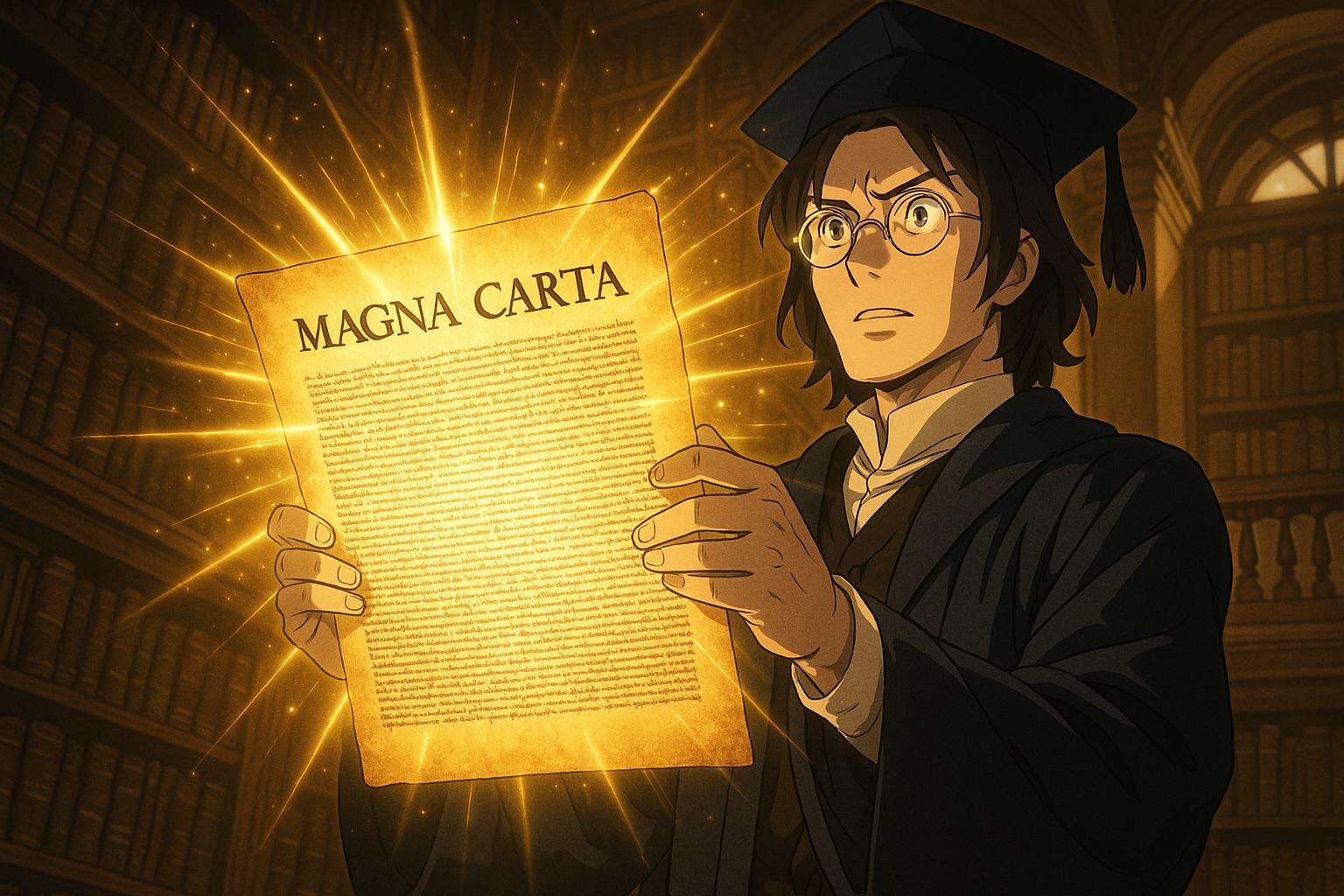In an astonishing revelation, a document stored within the vaults of Harvard Law School for over seventy years has been identified as a highly valuable version of the Magna Carta, previously thought to be a mere copy. Initially purchased for just $27.50 in 1946, this manuscript is emerging as an authentic original, dating back to 1300 during the reign of King Edward I, making it one of the last surviving examples from that era. The significance of this find cannot be overstated; it contributes not only to the historical narrative of the Magna Carta but also to contemporary discussions surrounding constitutional rights.
The rediscovery was spearheaded by Professor David Carpenter of King's College London and Professor Nicholas Vincent from the University of East Anglia. Using advanced techniques such as spectral imaging and meticulous handwriting analysis, they confirmed the authenticity of the document, which has now been estimated to be worth millions. This particular version is notable for containing variations from earlier iterations of the Magna Carta, establishing its unique position as the last one sanctioned by a reigning monarch.
The Magna Carta, signed in 1215 by King John, has long been hailed as a cornerstone of individual liberties and the rule of law, with its influence stretching far beyond the borders of the United Kingdom. It laid the groundwork for modern democratic principles, significantly impacting the development of legal systems in various countries, including the United States. The newly authenticated document's journey traces back to the borough of Appleby in Cumbria, suggesting it was once owned by Thomas Clarkson, a prominent 19th-century abolitionist. This historical lineage is reflective of the importance placed on the Magna Carta within discussions of justice and civil liberties.
Harvard Law School's library boasts a substantial collection related to the Magna Carta, with it housing approximately 39 early manuscripts that span from around 1300 to 1467, reflecting the document's enduring significance. This particular find underscores the shifting understanding surrounding such artefacts and their value in framing the historical context of law and freedom. Previous sales of similar documents, such as a 1297 original that fetched $21.3 million in 2007, illustrate the lucrative market for rare historical texts and raise questions about the implications of such discoveries in an era where academic institutions like Harvard face scrutiny over funding and inclusivity issues.
As discussions around the Magna Carta's impact continue, the rediscovery of this document serves as a timely reminder of its role in shaping the legal landscape. As Harvard plans to integrate this artifact into educational initiatives, the document's potential as a teaching tool about democratic principles and the rule of law offers a promising avenue for engaging new generations with historical legacies. The Magna Carta stands not merely as a relic of the past, but as a vibrant symbol of the ongoing struggle for freedom and justice, echoing the values it represented when first sealed centuries ago.
Through the lens of this recent revelation, historians and educators are reminded of the importance of such documents in understanding our rights and responsibilities within modern governance, embodying the intricate relationship between history, law, and civic freedom.
Reference Map
- Paragraphs 1, 2, 3, 4, 5
- Paragraphs 1, 3, 4
- Paragraphs 2, 3
- Paragraphs 3, 4
- Paragraph 4
- Paragraph 5
- Paragraph 5
Source: Noah Wire Services
